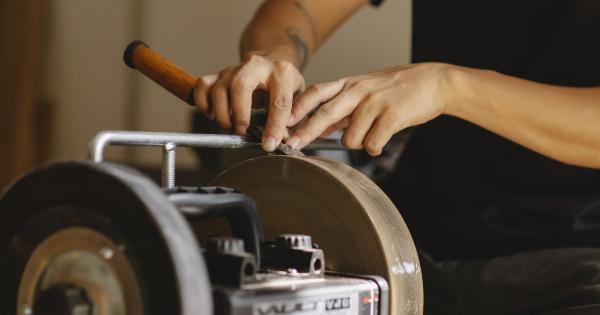A hernia occurs when an organ or fatty tissue pushes through a weak spot in the surrounding muscle or connective tissue. It can cause pain, discomfort, and mobility issues for individuals.
Over the years, various treatment options have emerged to address hernias, aiming to alleviate symptoms and improve the quality of life for patients. In this article, we will delve into the current trends in treating hernias, exploring both surgical and non-surgical approaches that have gained popularity in recent times.
Surgical Treatment Options
Surgery is often the most effective long-term solution for treating hernias. Advancements in surgical techniques have led to improved outcomes and quicker recovery times. Let’s explore some of the current surgical trends for treating hernias:.
1. Laparoscopic Hernia Repair
Laparoscopic hernia repair is a minimally invasive surgical technique that involves making small incisions and using a laparoscope to guide the surgeon.
This approach has become increasingly popular due to its faster recovery times and reduced post-operative pain compared to traditional open surgery.
2. Robotic-Assisted Hernia Repair
Robotic-assisted hernia repair utilizes robotic surgical systems to enhance the precision and control of the surgeon during the procedure.
This technology allows for more complex repairs and improved outcomes, particularly in cases where the hernia is large or recurrent.
3. Tension-Free Hernia Repair
Tension-free hernia repair techniques involve reinforcing the weakened area with a mesh patch, typically made of synthetic material.
This approach reduces tension on the repaired tissue, minimizing the risk of recurrence and optimizing the overall strength of the repair.
4. Component Separation Technique
The component separation technique is used for complex hernias that involve large defects or extensive tissue damage. It involves carefully separating and repositioning layers of the abdominal wall to achieve a tension-free repair.
This technique often requires the expertise of a specialized hernia surgeon.
Non-Surgical Treatment Options
Although surgery is often the recommended treatment for hernias, non-surgical options may be suitable for certain individuals, particularly those with medical conditions that make surgery high-risk.
Let’s explore some of the current non-surgical trends in treating hernias:.
1. Watchful Waiting
In cases where the hernia is small and not causing significant symptoms, a watchful waiting approach may be taken.
The patient is closely monitored for any changes or worsening of symptoms, and surgery is only considered if the hernia progresses or becomes symptomatic.
2. Lifestyle Modifications
Adopting lifestyle modifications can help manage the symptoms of a hernia. These modifications may include weight loss strategies, avoiding heavy lifting, practicing appropriate posture, and wearing supportive garments, such as hernia belts or trusses.
While these measures do not cure the hernia, they can provide symptomatic relief.
3. Physical Therapy
Physical therapy exercises aimed at strengthening the surrounding muscles and improving overall core strength may help reduce hernia-related discomfort.
Physical therapists can guide patients through specific exercises tailored to their condition, helping to stabilize the area surrounding the hernia.
4. Medications
Medications, such as over-the-counter pain relievers, may be prescribed to manage pain associated with hernias. However, it is important to note that medications provide temporary relief and do not address the underlying cause of the hernia.
Closing Thoughts
As medical knowledge and technology continue to advance, the field of hernia treatment evolves alongside. Surgical techniques, such as laparoscopic and robotic-assisted repairs, offer improved outcomes and shorter recovery times.
Meanwhile, non-surgical approaches, including watchful waiting, lifestyle modifications, physical therapy, and medications, play a vital role in managing hernias for patients who are not suitable candidates for surgery. It is essential to consult with a healthcare professional to determine the most appropriate treatment option based on individual circumstances, ensuring the best possible outcomes for hernia patients.


























